Meet the women of Cork’s islands in new feature series
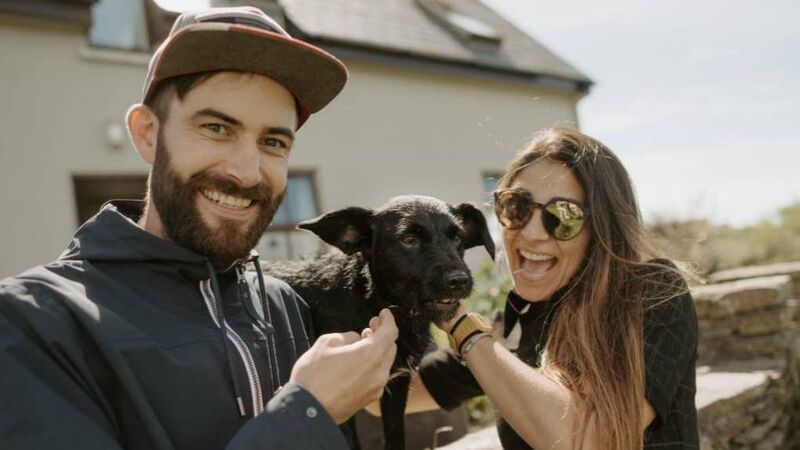
Claudia Meloni and Craig Moore, who live on Heir Island in County Cork. Pictures: Anya O’Driscoll
I HAVE always been fascinated by the lives of those who live on the offshore islands of Ireland. As a child, I witnessed the haunting beauty of the Aran islands in Galway and visited the deserted village on Achill island in Co. Mayo, and these places left an indelible impression on my young mind.
As a Leaving cert student, I devoured the autobiography of Peig Sayers from the Great Blasket island off the coast of Kerry, which was compulsory reading on the Irish syllabus until 1995. It was a poignant memoir in which Peig recalled how life was once lived on the island before emigration took its toll and the population was decimated. In 1954, living there became unsustainable and the island was completely abandoned, and the sound of human talk and laughter was replaced by the cries of the seabirds.
These days, visitors to the island come to marvel at the natural beauty of the location and to walk among the lonely ruins, including what was once the home of Peig herself.
I recently spoke to some of the women who are happily living their lives full time on some of the islands off the coast of West Cork, on Cape Clear, Sherkin, Heir island and Bere island.
These Cork islands, although small in population, continue to be vibrant communities and the women I spoke to all contribute in different ways to ensuring that they thrive.
According to the recent census results from 2022, there are 100 females living on Bere island, 60 on Sherkin, 55 on Cape Clear, and eight on Heir island.
The word multitasking could have been invented for the women I spoke to, whose day to day lives take place situated at the very edge of Europe along the furthermost reaches of the Southwestern coast. They are resourceful, creative, talented and hardworking, and each of them carries the aspiration and fervent hope for a future which will see their island communities grow and thrive.
They wish for resources such as adequate accommodation for families who wish to live on the islands all year round, and not just more holiday homes.
Some of the women I spoke to were born into island families and have lived there all their lives, others moved there on the wave of a spirit of adventure, some by choice, some by chance.
They live their lives in locations of incredible beauty, often described as idyllic, but although these locations are indeed places of indescribable beauty, no life is one hundred per cent idyllic, and the lives of some of these women have also been marked by terrible tragedy.
It has been my honour and privilege that these women have willingly shared stories of their lives with me, stories of their work, their relationships, their inspirations and the process of raising their children on the islands.
It’s remarkable when one considers that the women of West Cork already have to travel a distance, in some cases two hours, from the furthest south-west of the county in order to access the services of the nearest maternity hospital in Cork city, then factor in having to navigate a stretch of water by boat, maybe already in labour, in all weathers, to get to Cork city to have their babies safely delivered.
Living on an island means you cannot just hop into the car or get on a bus to go to the shops, to the hairdresser, get your nails done, get a takeaway, go to the cinema or see the doctor.
There is no resident doctor on the islands. Everything has to revolve around much more forward planning, but life is considerably easier than it used to be in former times before internet access, and before many of the women had their cars parked on the mainland.
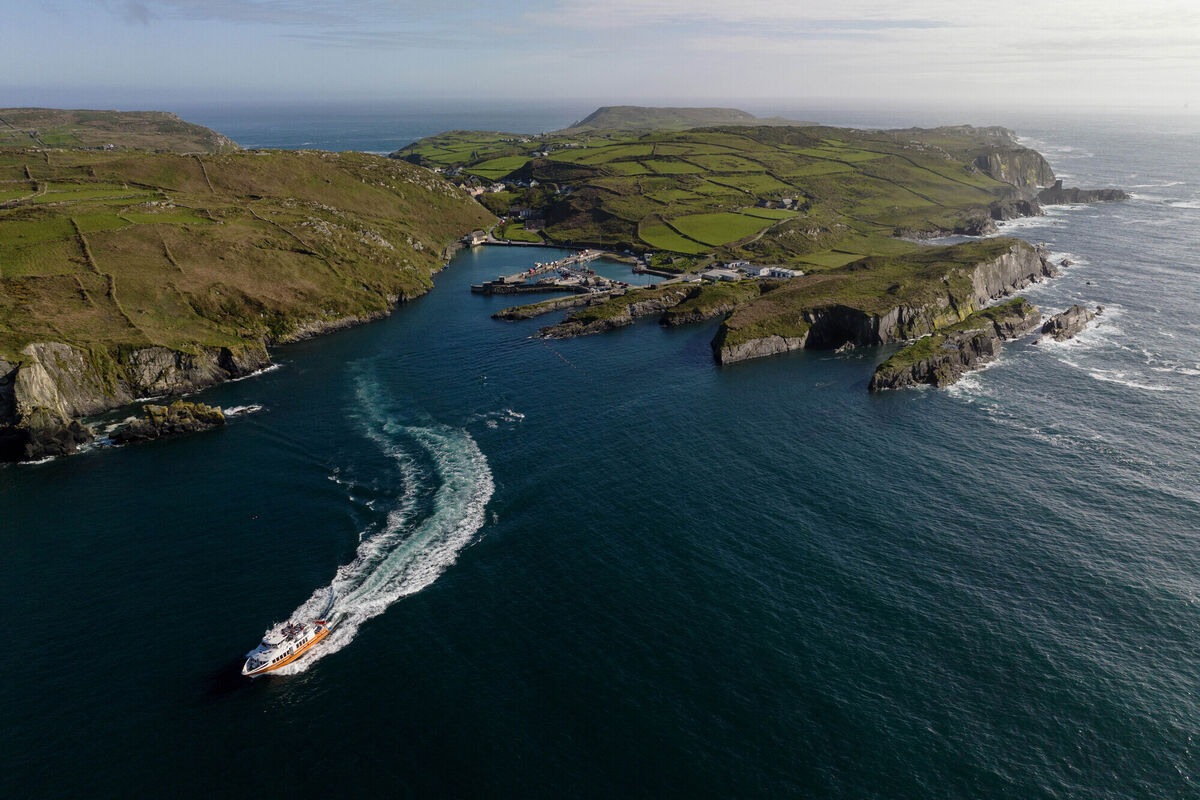
The women I spoke to take it all in their stride, and despite the lack of instant access to some amenities, they would not live anywhere else.
They cherish the sound of the ocean waves, the sighting of a passing whale, a rambling walk close to the remains of Bronze Age settlements, standing stones, altar wedge tombs and ring forts.
The barking of the seals off the nearby rocks, the plethora of wildflowers, rare birds and the big open sky all replenish their senses, but above all it is the sense of community for which they are so grateful.
They all stated that the island communities pull together in any crisis and they are communities where you can depend on your neighbours to help in times of need.
Life is easier now in 2023 then it was in former times when there was neither running water nor electricity in the homes of many of the island residents.
It was only in the 1930s that Heir Island got its first public pump. Previous to that, fetching water was a task carried out by the women, who had to rise early and walk to the well, which sometimes risked running to a trickle in a spell of dry weather.
It was only in 1983 that access to piped water finally came to the island, and only in 1976 that they got electricity when underwater cables connected nearby Cunnamore on the mainland to the island.
Internet access has bridged the gap between island life and the rest of the world and now there is no such thing as being remote anymore.
However, boxes of grocery shopping securely tied up with string still have to be offloaded to the pier from the boats, and the owner of each box still has to identify which one is theirs from the label marked with their name tied securely around it.
Every single thing that is needed, from a knitting needle to a cow, from a brick to a rolling pin has to be brought by boat to the island.
Trips to the mainland are dominated by rushing to catch the last boat home, and watching the weather is the way of life even more than usual for those who live on the islands.
Some of the women have their own boats and are grateful for outboard engines instead of just paddles, like in times gone by when brave women battled the Atlantic waves to cross the distance to their island homes.
These days, trips to the mainland are much more frequent and the days of needing to have powdered milk at all times in your store cupboard are diminishing.
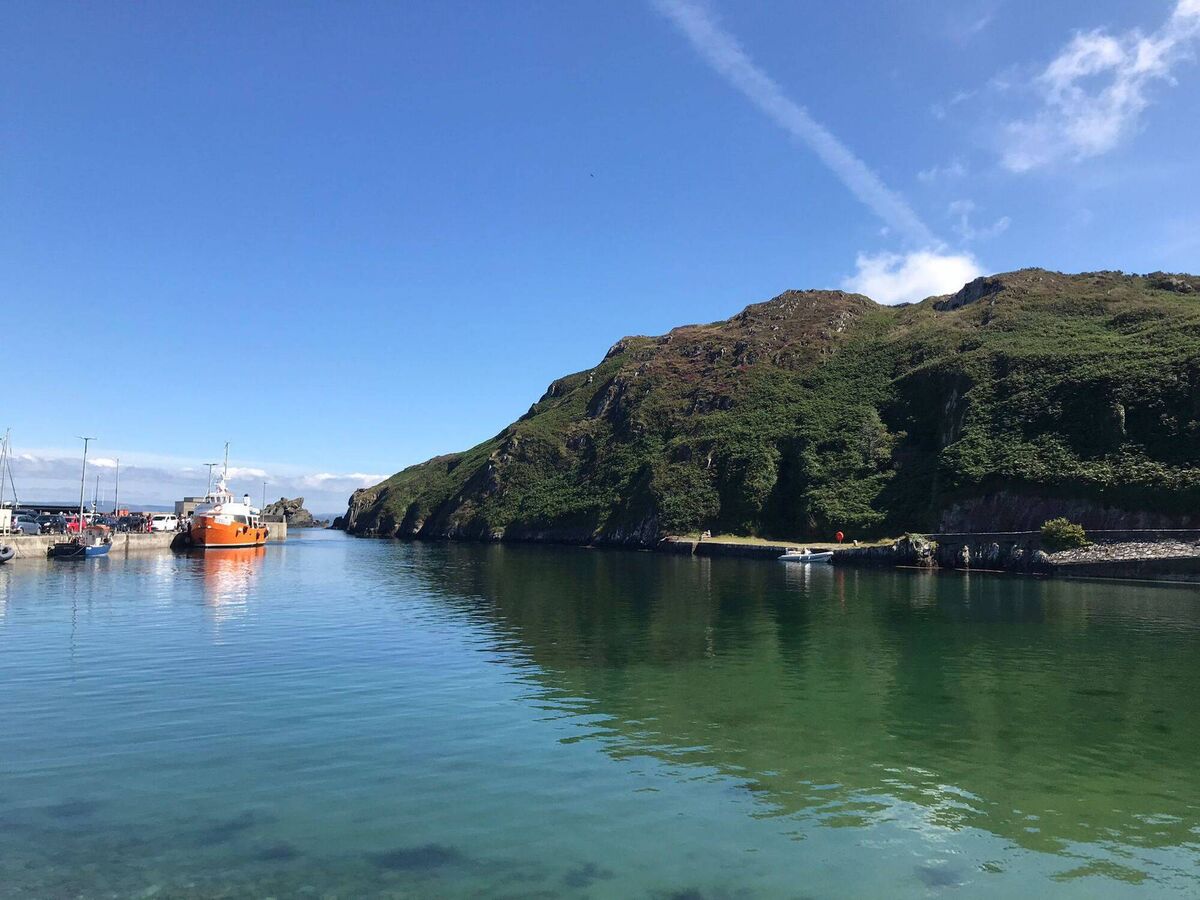
However, most of the women still keep extra supplies in their freezers. The mindset is that you never know when the weather might prove inclement, and the boat won’t be able to make a run to the mainland.
I hope you will enjoy reading about these inspirational women as much as I enjoyed writing about them.
Next week: Aisling talks to Mary K Sullivan, who lives on Bere Island.
More in this section
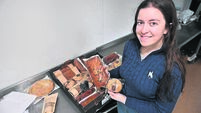


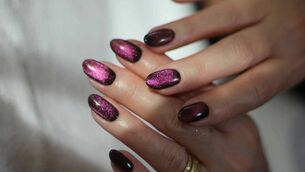


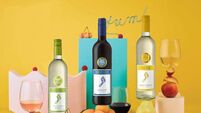
 App?
App?





